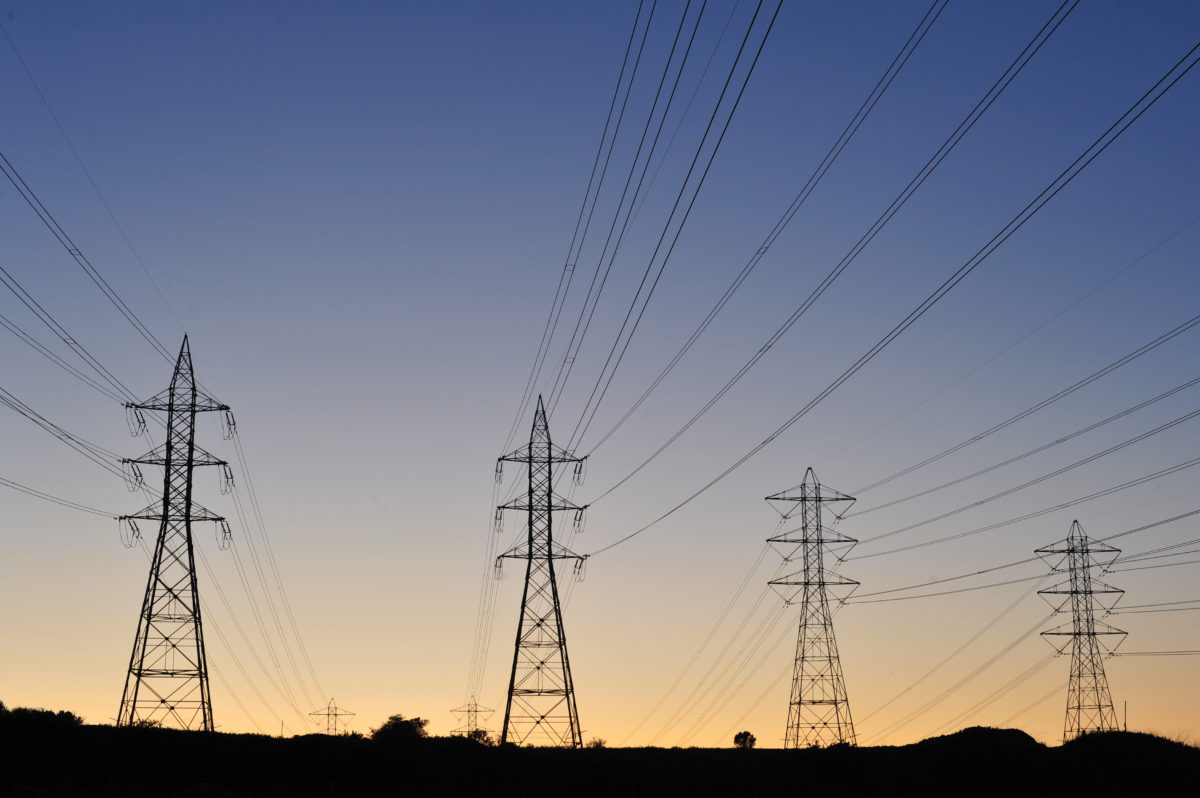The creation of super-grids integrating power networks across regions or continents could be one of the most important geopolitical consequences of the expansion of solar power and other renewables.
In the second of a series of interviews on geopolitics and renewables, Indra Overland, a member of the International Renewable Energy Agency’s research panel for the global commission on the geopolitics of the energy transition, tells pv magazine how and where such super-grids may emerge, and what challenges and opportunities they will present.
According to Overland, the main driver for pan-regional power networks will be the intermittency of renewable energy.
“In any given place, the sun will not shine or the wind will not blow sometimes,” he said. “But the greater the number of locations that are connected into one grid, the more likely it is that the sun will be shining and the wind blowing on some part of the grid, which can then supply the other parts.”
The declining costs of PV, wind and other renewable energy technologies, however, may also prompt some nations to seek energy independence and become prosumer states, with partial or no connection to other nations’ grids. To what degree individual countries will become totally independent remains unclear but Overland says super-grids and prosumer states need not be in opposition. “Prosumers in a renewables-based grid are not like some kind of subsistence farmers, surviving on what they can produce on their own,” he said. “Rather, they are both buyers and sellers of electricity, shifting back and forth between these roles depending on whether their solar panels or wind turbines are generating surplus electricity or not.”

Image: Norsk Utenrikspolitisk Institutt (NUPI)
Storage as a game-changer
What connects electricity generators and consumers is the grid and, by extension, super-grids tie different national grids together, enabling exchanges over greater distances and on a greater scale, said Overland, who is also head of the Center for Energy Research at the Norwegian Institute for International Affairs. “For prosumers to get by without grids, radically improved energy storage technology would have to emerge,” he said. “Research is ongoing on a wide range of battery technologies. Whether, when and which of these might be subject to a breakthrough is impossible to predict, but there are so many options on the table that a breakthrough would not come as a surprise. Such a breakthrough could be a gamechanger for renewable energy. It is the main remaining missing technological link in the energy transition.”
European populism
Asked whether the wave of populist governments washing across Europe, America and other nations could represent a threat to the creation of super-grids, Overland was quick to respond. “Yes, the populists, with their mercantilist, nationalist policies are not likely to support super-grids.”
However, looking at Europe, where populist coalitions and parties are enjoying rising support, Overland said what is shocking is how badly connected the Old World is. “Even north and south Germany do not have sufficient electricity interconnectors,” he said. Once that issue is addressed, he added, the question of external connectors arises. “Logically, North Africa should be at the front of the queue, as they have abundant sunshine and space and they are located near Europe.”
As for Brexit and U.K. efforts to maintain strong ties with the EU for energy supply, Overland stressed it is also in the interest of the bloc and non-EU state Norway to continue energy cooperation. “The U.K. is taking the lead in floating wind power in the North Sea but the other North Sea littoral states will follow, and they will all have much to gain from cooperation,” he said.
America: a matter of size
Moving across the Atlantic, the geopolitics analyst said the need for super-grids is not particularly urgent, especially in North America, due to the size of the nations in question. “The United States is so big that it has less need for large-scale, transboundary electricity cooperation than the European states,” he said. “The wall against Mexico is no hindrance for electricity cooperation physically or technically speaking, but if it is built and if the Mexicans are offended, it could make it politically more difficult.”
In South America, the size of nations such as Brazil and Argentina may also hinder coordination among electricity networks. “However, the smaller countries may need it,” said Overland. Super-grids, he explained, would especially make sense along an east-west axis, as countries along that line have sun and wind at different times because they are in different time zones. “Thus, the Andean states and their eastern neighbors may want to trade electricity with each other to a greater extent than states located along a north-south axis,” he said.
ASEAN interconnection key in Asia
As for Asia, Overland believes the development of a stronger grid will be a priority for ASEAN [Southeast Asian] countries. “There are some interconnectors now, but they are mostly between Thailand and its neighbors, and not a full-scale regional grid,” he said. “Japan is far away from Southeast Asia, and for the Japanese it makes more sense to connect with the Koreans and the Russians, especially as that is more of an east-west axis.”
When asked what advantages prosumer states might enjoy, Overland said they could be numerous. “The advantages of becoming a prosumer state are potentially massive, in terms of improving the trade balance, bringing home jobs, creating opportunities for the development of technologies and local businesses, reducing both local air pollution and greenhouse gas emissions, strengthening energy security and reducing dependency on authoritarian and unstable fossil fuel exporters,” he said.
In his recent analysis which attempted to debunk four myths about the geopolitics of renewable energy, Overland described how future, transboundary trade of solar and wind power could involve more symmetrical relationships between prosumer countries than does the current, unidirectional gas trade and electricity market model. As most countries would be both exporters and importers of energy at various times, they would be mutually dependent and there would be fewer one-way power relationships and dependencies. That could lead to reduced conflict. “There would still be many things to quarrel about in the world, but energy would be less likely to be one of them,” he said.
Is a global super-grid possible?
When asked about such a development, Overland said a single global grid could be possible but would be very expensive – and in several locations it could be politically difficult and there is no need for it.
“The increasing electrification of societies and the intermittency of renewable energy are strong reasons for connecting more grids … however, to solve these challenges, it is sufficient to connect large areas,” he said. “Connecting the whole world is not necessary and would be more of a symbolic act, and an expensive one at that.
“The next interesting question is where there might not be interconnectors. Some possibilities include the Bering Strait, Australia, Panama-Colombia, Greenland, various island states. This is not just about political tensions, but about population density. For example, at the Bering Strait almost nobody lives in Alaska and even fewer live on the Russian side in Chukotka, and the distances are massive.”
In Overland’s eyes, developing a robust localized energy supply probably makes more sense in such cases.
This content is protected by copyright and may not be reused. If you want to cooperate with us and would like to reuse some of our content, please contact: editors@pv-magazine.com.




Excellent reporting .
I like to congratulate Mr. Indra Overland, the head of the Center for Energy Research at the Norwegian Institute for International Affairs for his thinking beyond lines.
It’s true the sun is shining somewhere in the world, and true also for wind to be blowing.
If connected, will be able to supply the demand.
But the countries are not ready yet to move this grand key.
I guaranty you, this thinking is a smart thinking. And I like to participate to connect the solar sources with you.